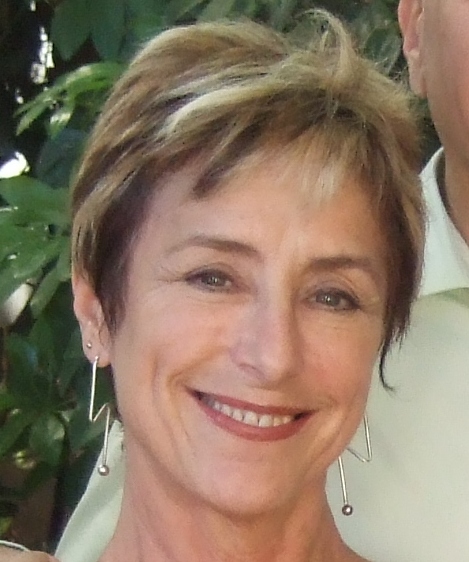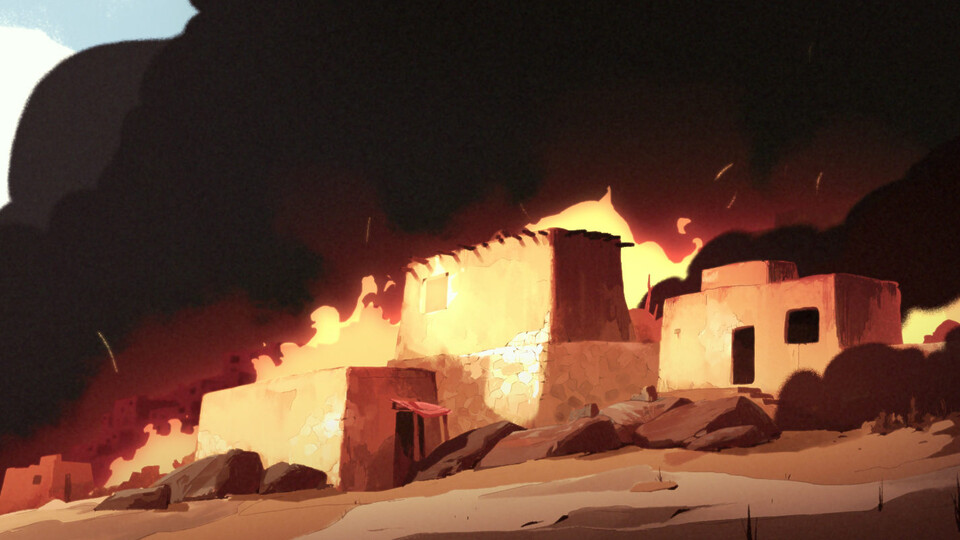On the Edge of Freedom
On the Edge of Freedom is a film about “urban exploration” in Moscow. Angela Nikolau, a young art student, accompanies two young roofers named Ivan and Igo. With no safety measures, they conquer the tallest buildings and the deepest abysses in Russia and Ukraine. There are certainly enough reasons to be afraid, especially today, but these young people have found their very own way to conquer fear during their death-defying explorations of off-limits urban spaces.
The three young people, along with a fourth anonymous cinematographer, deal with their lives in a thoroughly modern way, by shooting videos of themselves in terrifying situations. They climb skyscrapers and other monuments,explore active rail tunnels, and venture into a secret bunker buried 100 meters below the streets of Moscow. They descend into the deepest abysses of post-Soviet Moscow and Ukraine. Their exploits, legally risky in the first place, are also punishable with an 80 Euro fine because they are encouraging young people to emulate them.
Their activities become professional, as they begin to give tours to other thrill seekers of, for example, Chernobyl. They are invited to Taijin, China to scale a 150-story skyscraper still under construction. Angela, who has been diagnosed with a dangerous blood condition, accepts the job even though she has only climbed 70-story buildings. Whle getting her nails painted, she decides to ditch the bandage she is required to wear to ward off the blood clots that threaten her life.
These daredevils discuss fear and their belief that, with understanding of how it works, one can overcome it. And they instill fear in the audience. There was a point where I could not stand the tension and fear that their feats instilled in me, even through the mediation of a camera!
Later, one of the young men lunches with his parents, discussing the great fall of wages since the Ukrainian Revolution. He mentions that, during the demonstrations, he and his team gave away 100 to 200 gas masks that they had stolen from an abandoned air raid shelter. His father answers that “If something challenges our understanding of the world and contributes positively to it at the same time, then it has the right to exist.” He adds that it is great his son is interested in Kiev. If he could earn some money from it, however, it would be better.
Angela, on the other hand, is afraid to ask her parents for the 150 Euros she needs for medicine to treat her illness. Of course, as the cameraman points out, she had no qualms about taking the 450 Euros from them to buy her iPhone. And she is completely fearless when stepping along unknown mechanical constructions, thousands of meters above the ground, with no safety precautions at all.
The film ends with a close-up of Angela and her partner, scaling the Chinese skyscraper in Tianjin and climbing out on the arm of the crane. The camera pulls back to show the city itself, a final lurch of emotion and disbelief.
Thoughts of fear and how to conquer it, and of the scarce ways to protest the rules of society, if not of politics, remain with the viewer long after the shock and fear of watching these young people and their exploits has worn off.
The picture of these two lone, tiny figures, standing at the end of a crane on the highest building in the world, overlooking a city in the largest nation in the world, is stunning.
|
|
Sydney LevineSydney Levine invented FilmFinders, the first film database tracking worldwide films for acquisitions executives. She now updates companies from North and South America for the Cannes Film Market, the Berlin European Film Market, and Ventana Sur in Buenos Aires. Her blog SydneysBuzz is on Indiewire covering the international independent film business. |



